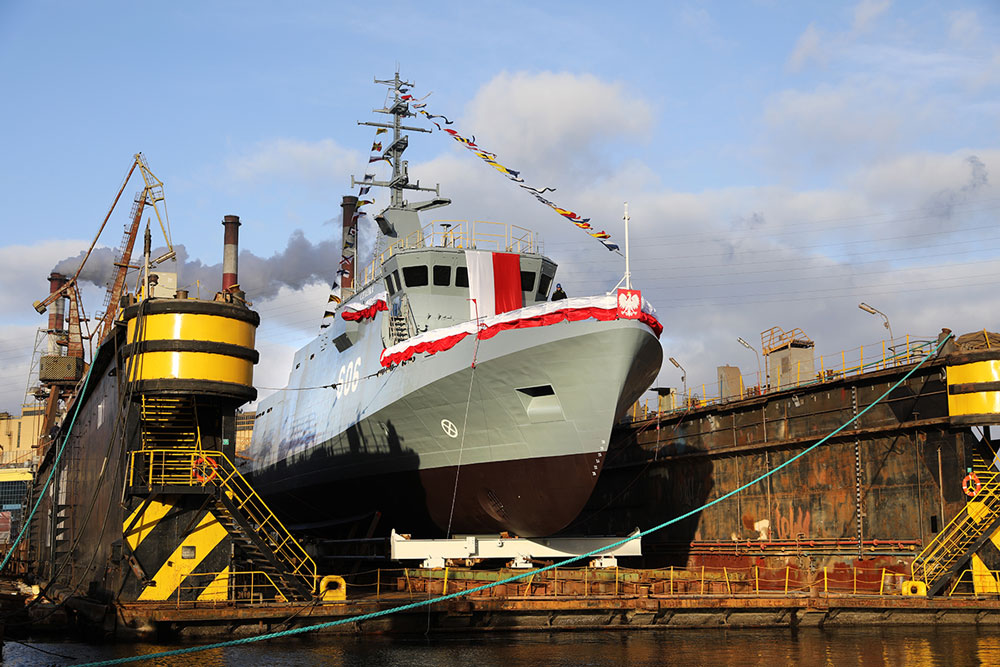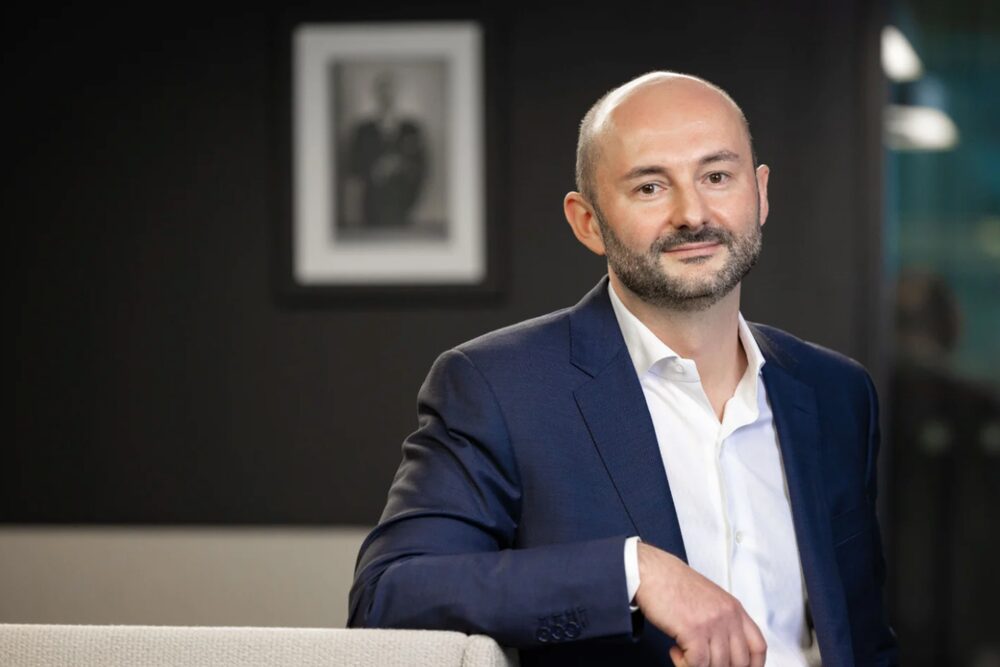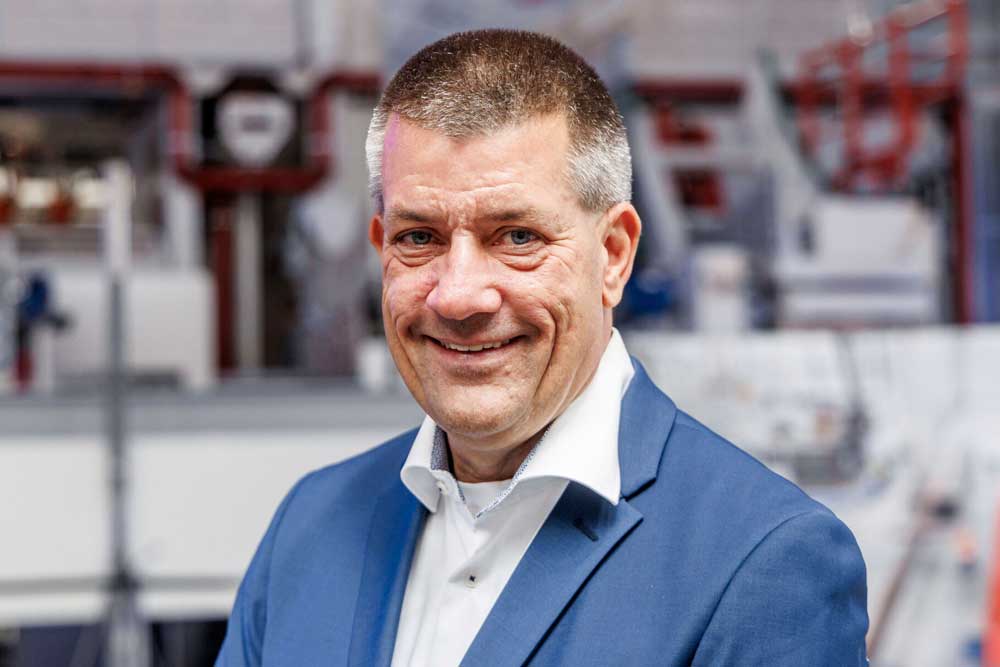Singapore and Australia want to develop a green-digital shipping corridor jointly.
During their recent annual meeting of heads of state and government, representatives of Singapore and Australia signed a memorandum of understanding to this effect, as the Singapore Maritime Administration (MPA) has now announced.
Specifically, it concerns the establishment of a “Singapore-Australia Green Digital Shipping Corridor” (GDSC). The agreement signed by Chee Hong Tat, Singapore’s Minister for Transport and Second Minister for Finance, and Catherine King, Australia’s Minister for Infrastructure, Transport, Regional Development and Local Government, is intended to accelerate the decarbonization and digitalization of maritime transport. Under the agreement, both countries intend to work with interested partners to explore opportunities for the development of zero or near-zero greenhouse gas (GHG) fuel supply chains for the maritime industry, including building the necessary infrastructure, formalizing standards and developing and implementing training requirements.
Focus on Singapore as a bunkering hub
The project will also explore the facilitation of digital information sharing to enable efficient port handling, port calls and shipping between Singapore and Australia, and facilitate collaboration between the Maritime and Port Authority of Singapore (MPA), Australian federal, state and territory governments and industry stakeholders. Australia has great potential to become a major producer of environmentally friendly marine fuels, and Singapore is the world’s largest bunkering and busiest transhipment port with a vibrant research and innovation ecosystem, according to the statement explaining the project.
Not least, the collaboration will help to promote the development and adoption of zero or near-zero greenhouse gas emission technologies and the introduction of digital solutions to improve the resilience, efficiency and sustainability of global maritime supply chains.
Singapore’s Transport Minister Chee Hong Tat said the aim is to “develop scalable green and digital solutions for the maritime sector” and upskill the workforce to support the energy transition.
The collaboration between MPA and CSIRO aims to jointly address the following areas:
1. reducing the cost of using low-emission fuels and technologies in marine and port operations;
2. improving the technical and commercial readiness of low-emission fuels and technologies in marine and port operations; and
3. exploring cooperation between Australia and Singapore on green shipping and port infrastructure initiatives.
In addition to the MoU, MPA and the Australian Commonwealth Scientific and Industrial Research Organization (CSIRO), with the support of Singapore’s Agency for Science, Technology and Research (A*STAR), are working together on research and development, demonstration projects, and pilot projects under an initiative on low-emission technologies for marine and port operations (ASLET).
The ASLET, which was first announced in 2021, is aligned with and will support the GDSC outcomes between Singapore and Australia.
Catherine King emphasised: “This is an important partnership for a sustainable global maritime future. Through this collaboration, Singapore and Australia will make a leading contribution to the goals of the international maritime community while supporting Australia’s exports of clean renewable energy.”
In 2023, Singapore’s annual ship arrival tonnage exceeded 3 billion gross tons, recording 51.82 million tons. Bunker sales also exceeded the previous record of 50.64 million tons set in 2017.














